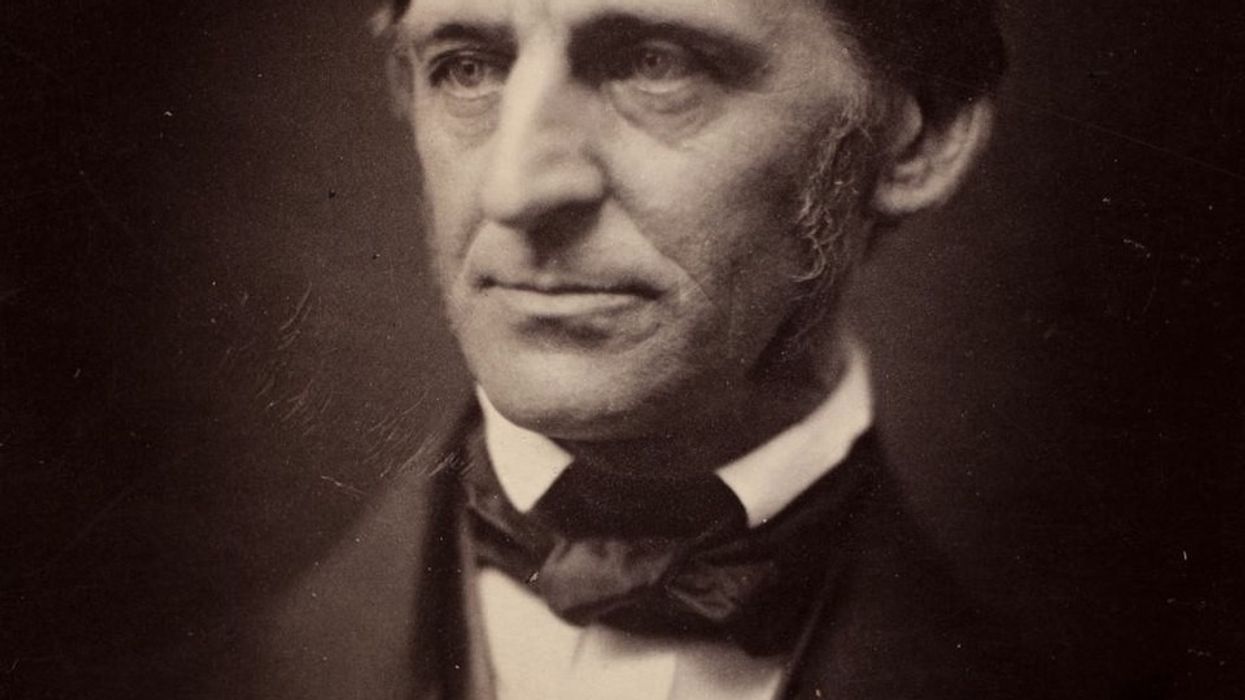Art, as typically viewed in austere galleries, labyrinthine museums or collectors’ homes, is incredibly removed from its raw materials—nature. In that way, art is a lot like every other product or commodity of western civilization: It’s a type of denial of nature, even though humanity’s advanced culture is still part of nature. But with her series inconsequence / in consequence, artist Alison Moritsugu brings the natural world back into the gallery with new works that attempt to highlight environmental urgencies.
Moritsugu garnered some attention a few weeks back when her “log paintings” appeared on This Is Colossal. Using the flat surfaces of cut trunks and branches, Moritsugu painted an array of nature scenes, recalling ancient and medieval landscape painting. The results were like a fine art multimedia remix of Bob Ross’s Joy of Painting.
As with the log paintings, Moritsugu’s inconsequence / in consequence exhibition continues her exploration of the “human interaction with the natural world and with a changing environment.” The show features a number of new works, including two log paintings as well as pieces on paper, sculpture and wallpapers. It’s an exhibition that, as Littlejohn Contemporary gallery says, functions as a “cautionary tale” for our times—how we objectify nature as tourists and “commodify land for its resources, and adversely control and shape the environment to suit our needs”.
“The media is rife with accounts of record-breaking heat and rainfall, saltier seas, larger algae blooms and unprecedented die-offs,” said Moritsugu of the exhibition. “Some choose to deny such a change, some hope for a technological breakthrough or miracle solution, while others believe that fortifications can be built to mitigate harm. My new work examines some of our attempts to deal with a changing earth.”
Ash and Vestige, log paintings that Moritsugu painted on ash trees, each contain 77 growth rings. The scene initially appears “idyllic” with an old tree in a state of decay. But upon closer inspection, Moritsugu depicts the effects of the emerald ash borer, an invasive insect that has spread from the Upper Midwest to bring decay to what otherwise look like seemingly normal, healthy trees. It’s a metaphor for humanity’s impact on the environment, whether by bringing—intentionally or not—invasive species into ecosystems, or by clear cutting forests.
Moritsugu’s piece Littoral Folly is a rococo vignette-style decorative wallpaper that depicts images of tractors maintaining beaches, houses built on stilts, concrete shore barriers and tsunami sirens. The ocean has always naturally reorganized the shoreline and it is folly for humans to think they can keep beaches permanently static and untouched.
In Talisman, Moritsugu creates a large floor piece out of a torso-like tree trunk. She “rescued” the trunk from her neighbor’s downed pear tree, which was getting cut up with chain saws. Moritsugu gave the trunk a highly polished surface, then “tattooed” it by carving into the wood and inlaying it with black. The imagery is that of “old sailors’ tattoos caught in maelstroms of nature.” The intent was to update these old school tattoos to encompass modern environmental terms for climate like “resiliency,” “adaptation,” and “mitigation.”
Unlike many new media artists from the millennial generation, Moritsugu is not active on social media. So, while she has a website, Moritsugu won’t be seen advertising her art on Twitter, Facebook, or Instagram. Her nature artwork can be seen as an antidote to a generation who document their impressions of nature through screens, carefully framed, cropped and filtered with imaging apps. In this way, she is something of a traditionalist, but also working firmly within the ecological, economic and political awareness of the times.
“Painters throughout art history from the Northern Song, Baroque, Rococo and Hudson River School tailored their depictions of nature to serve an artistic narrative,” reads Moritsugu’s artist statement. “Today, photoshopped images of verdant forests and unspoiled beaches invite us to vacation and sightsee, providing a false sense of assurance that the wilderness will always exist. By exploring idealized views of nature, my work acknowledges our more complex and precarious relationship with the environment.”













